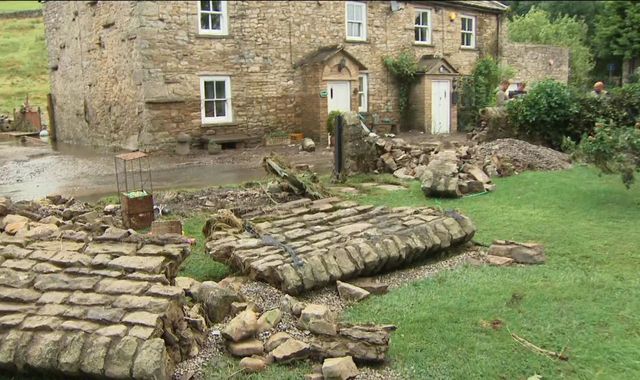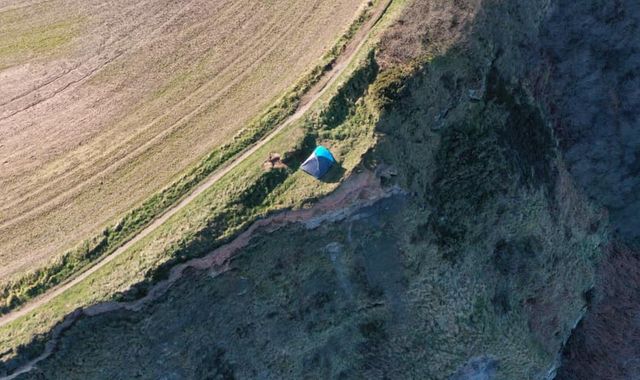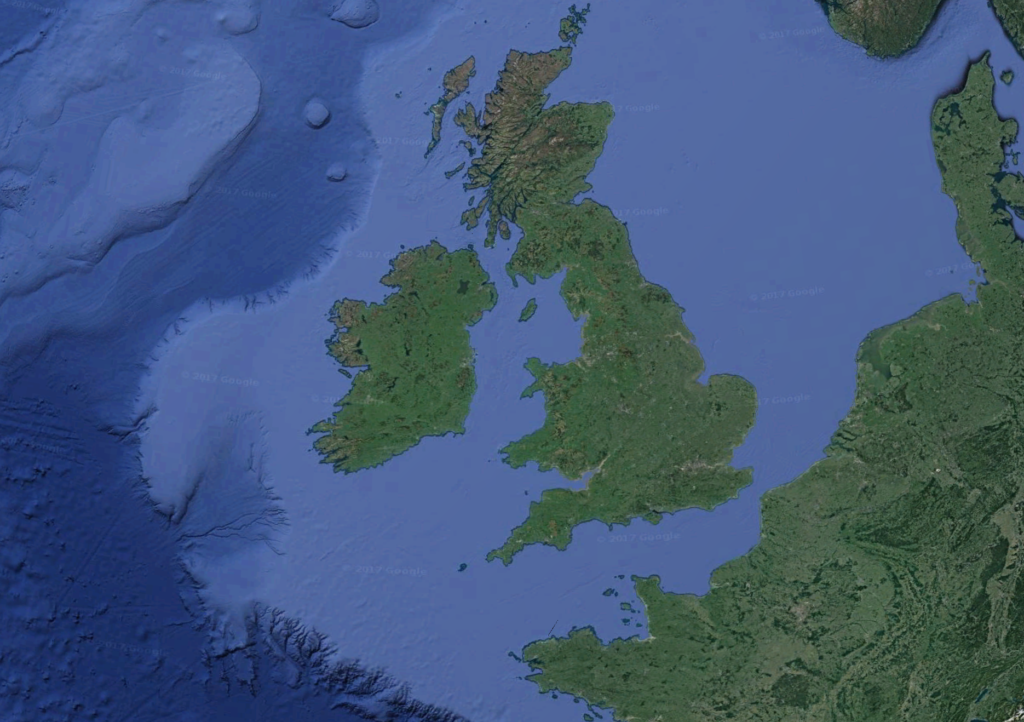‘Raging torrents’ as ‘horrific’ flooding hits Yorkshire
Written by News on 31/07/2019
A deluge of rain and hail has caused chaos in parts of North Yorkshire, flooding properties and leaving people stranded in their cars.


It comes as the Met Office reveals the 10 hottest years in the UK since records began have all been in the last two decades.
Nearly a month’s rain fell in four hours on Malham Tarn in the Yorkshire Dales on Tuesday, and more downpours are likely today.
Pictures on social media showed widespread flooding in the Swaledale area, with cars stranded and roads looking like rivers.
A bridge collapsed in Grinton, North Yorkshire, as emergency services were inundated with calls.
“The roads were a raging torrent and there were sheds and household oil tanks floating down them,” said Steve Clough from Swaledale Mountain Rescue.
“Some homes had a metre of water in them – it was horrific,” said Mr Clough.
North Yorkshire Fire Service said it had received 115 calls about flooding in Leyburn and Reeth.
A spokesman said “swift water rescue teams and a high volume pumping appliance” had been deployed.
More rain is on the way, with a yellow rain warning for the Midlands and north of England, and a warning for thunder and flooding for much of Scotland.
“Some parts of northern England could see as much as 40-60mm of rain through Wednesday, while thunderstorms could produce as much as 30-40 mm in 1-2 hours,” the Met Office warned.
Gareth Walls, from Ripon, posted a clip of hail hammering down on his car on Tuesday afternoon.
“The hail was like pickled onions,” he tweeted.
Some customers at the Brymor Ice Cream parlour, near Masham, were hurt by the hail.
The business tweeted: “Our parlour suffered damage to the roof, power failures and some visitors suffered minor injuries.
“Our team of staff acted as quickly and professionally as possible to ensure all our visitors were made safe.”
Larger hailstones can be dangerous as they travel faster, with a 4cm (1.57 inch) stone travel averaging 100km/h (64mph).
Sky reporter Sally Lockwood spoke to a man near Grinton who took in people whose car got stuck, and also gave food to others stranded near his house.
“We took some sandwiches to people who are stuck up the end there as well,” said John.
“The mountain rescue rescued them in the middle of the night.
“I know the road up the other side has completely subsided and I think the other way the bridge has completely collapsed, so people round here are going to be completely stuck for a bit.”
About 15,000 people were also due at a mountain bike festival in the area on Thursday.
Organiser Alex Rafferty told Sky News it was “hard to put into words” how quickly the rain come down, with “three-feet rapids” washing hay and logs down the road,
“The rain that was falling in such a short period of time was immense,” he said.
“Within 30 minutes the water was so high in the fields, there was no defences to keep back into the river.”
On the Yorkshire coast, the coastguard also rescued a man and woman clinging to a cliff who were trapped by the tide.
They were stranded 100ft (30m) up Filey Brigg as they tried to climb the cliff.
“When the coastguard teams arrived on scene the man and woman were clinging on by their fingernails so we knew that we had to act fast,” said Matt Atkinson, from HM Coastguard.
The extreme weather comes as the Met Office revealed the UK’s 10 hottest years, in records stretching back to the 19th century, have all occurred since 2002.
Analysis also showed none of the 10 coldest years have been recorded since 1963.
Dr Mark McCarthy, head of the Met Office’s national climate information centre, said: “Looking back further into the UK’s weather reveals a very interesting timeline, with the top 10 warmest years at the most recent end, since 2002.
“Extending the record back by 26 years from 1910 to 1884 didn’t bring in any new warm years, but it did bring in a number of new cold years, including several that are now within the top ten coldest years.”
:: The warmest years, starting with the hottest: 2014; 2006; 2011; 2007; 2017; 2003; 2018; 2004; 2002; and 2005.
:: The coldest years, starting with the coolest: 1892; 1888; 1885; 1963; 1919; 1886; 1917; 1909; 1887; and 1962.
Experts say last year’s heatwave was made 30 times more likely by climate change.
Dr Michael Byrne from the University of St Andrews, said: “The world has warmed 1C since pre-industrial times, meaning that hot years are the new normal.
“Not only is the UK getting warmer but also wetter, with 13% more summer rain compared to last century.
“With global emissions of greenhouse gases on the rise, the UK will continue to get warmer and wetter as global warming accelerates.”
This week’s weather was caused by a band of low pressure coming up from the South West.
Showers are likely to continue in northern and eastern parts of the UK into the latter half of the week, but it will turn drier and brighter in Wales, Northern Ireland and the south of England.
Met Office meteorologist Marco Petagna said: “Some of the storms across the north of England have had some big hailstones because the air is so unstable – conditions are perfect for generating big thunderstorms.
“There’s low pressure that’s dominated coming up from the South West and that’s helping to generate these showers.”
(c) Sky News 2019: ‘Raging torrents’ as ‘horrific’ flooding hits Yorkshire







